Discover the 6 most popular Callisia Repens varieties. Learn about different types of Creeping Inch Plant and how to care for these beautiful and versatile houseplants.
If you’re a plant lover on the hunt for a unique and easy-to-care-for addition to your collection, Callisia Repens is a name you need to know. With its charming, trailing habit and versatile growing requirements, this delightful plant has captured the hearts of many. In this article, we’ll dive deep into the world of Callisia Repens, exploring its most popular varieties and providing you with essential care tips to ensure your plants thrive.
Here’s an information chart for Callisia repens, commonly known as Turtle Vine or Inch Plant:
| Attribute | Details |
|---|---|
| Botanical Name | Callisia repens |
| Common Name | Turtle Vine, Inch Plant, Bolivian Jew |
| Plant Family | Commelinaceae |
| Hardiness Zone | USDA zones 9-11 |
| Sun Exposure | Partial shade to full sun |
| Soil Type | Well-drained, fertile soil |
| Watering | Moderate; allow top inch of soil to dry out between waterings |
| Growth Habit | Trailing, low-growing perennial |
| Height/Spread | 2-4 inches tall / 12-24 inches wide |
| Special Features | Attractive foliage, fast-growing, suitable for hanging baskets and ground cover |
What is Callisia Repens?
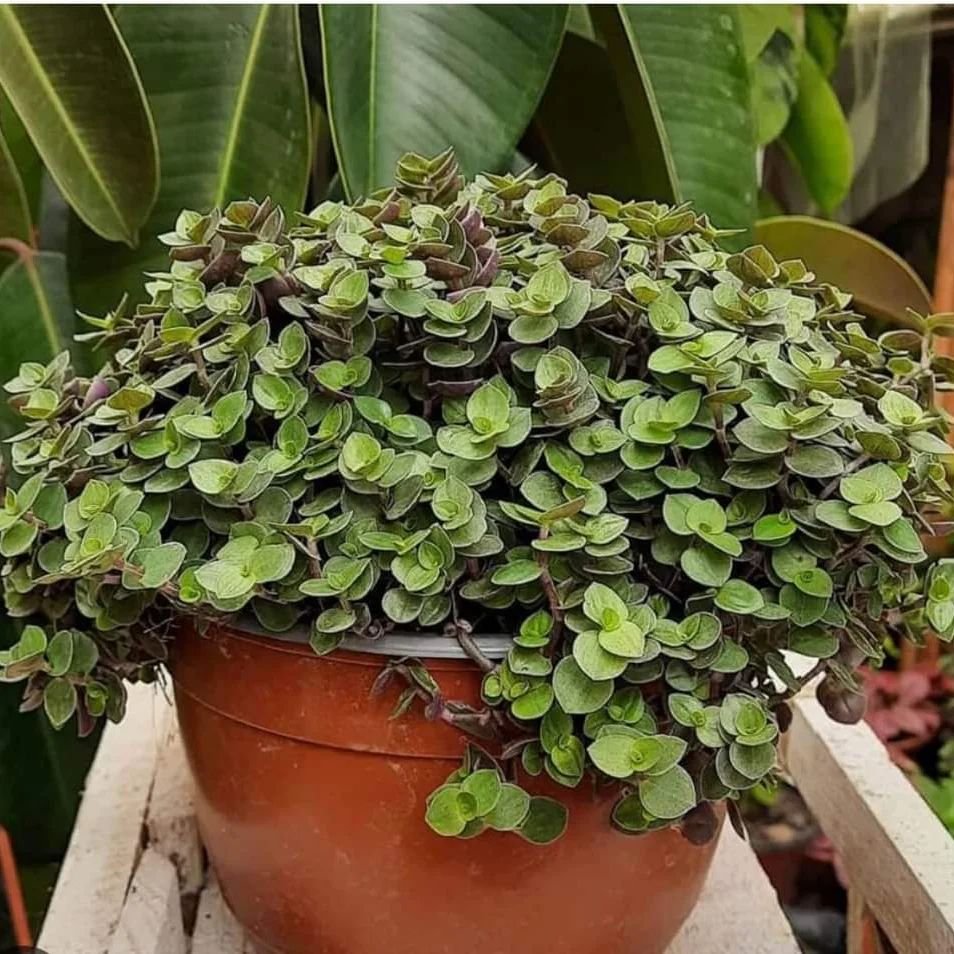
Callisia Repens, commonly known as the Turtle Vine or Creeping Inch Plant, is a small, trailing succulent native to the tropical regions of Central and South America. Known for its lush, cascading foliage, Callisia Repens is perfect for hanging baskets, ground cover, or even as a trailing element in mixed containers.
The Importance of Callisia Repens in Gardening
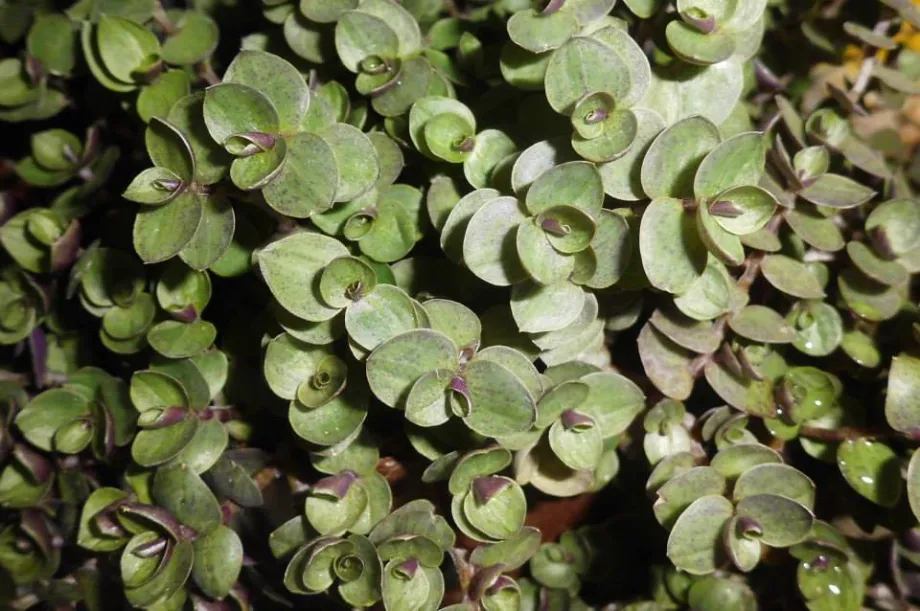
Why is Callisia Repens such a beloved choice among gardeners? Its compact size, vibrant foliage, and low maintenance needs make it an excellent option for both beginners and seasoned plant enthusiasts. Additionally, Callisia Repens is known for its air-purifying qualities, making it a practical and aesthetically pleasing addition to any indoor space.
Six Most Popular Callisia Repens Varieties
Now, let’s get to the heart of the matter. Here are six of the most popular Callisia Repens varieties you need to know about:
Callisia Repens ‘Pink Lady’
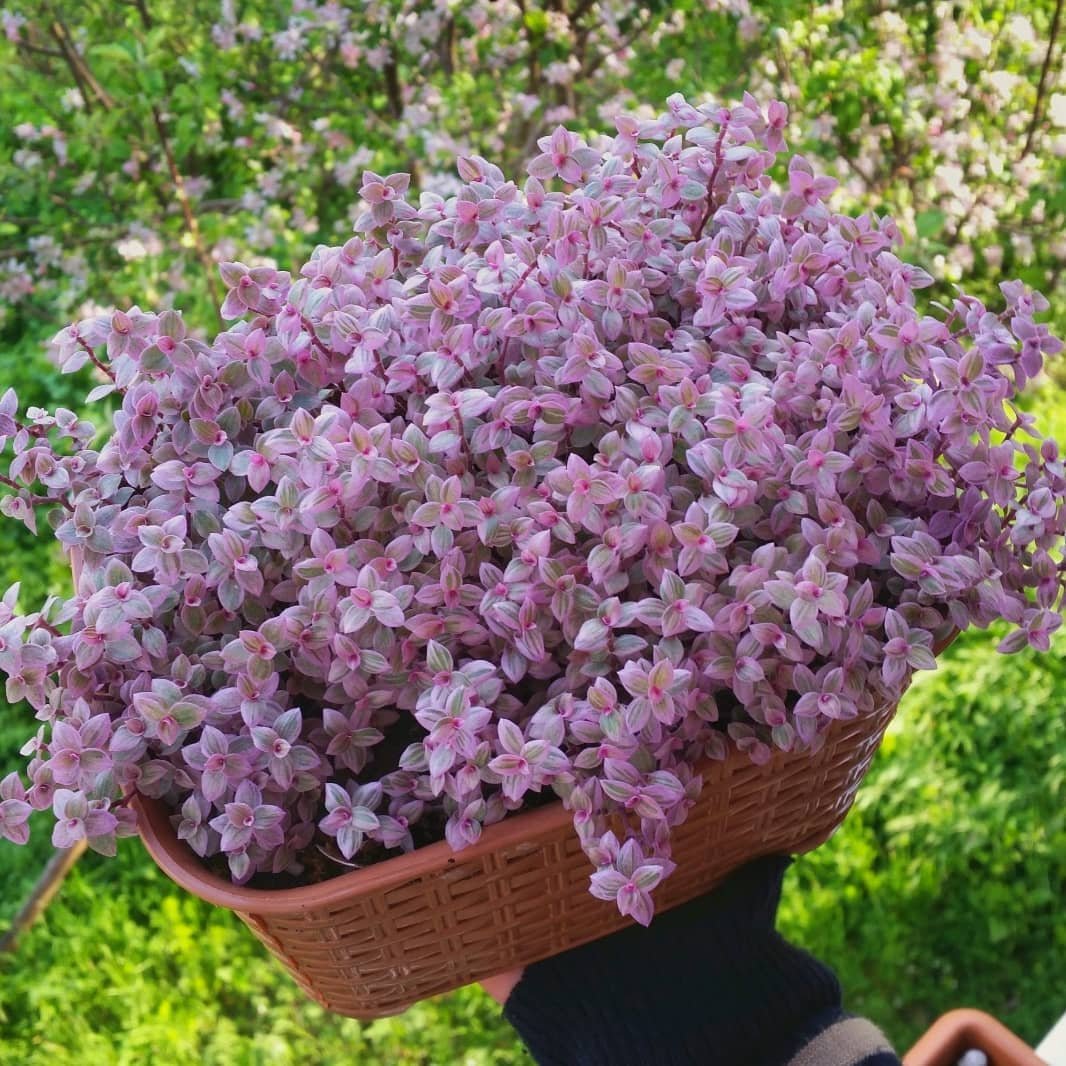
Here is a detailed information chart for Callisia repens ‘Pink Lady’:
| Attribute | Description |
|---|---|
| Botanical Name | Callisia repens ‘Pink Lady’ |
| Common Name | Pink Lady Turtle Vine |
| Plant Type | Perennial groundcover |
| Zone | USDA Zones 9-11 |
| Sun Exposure | Partial shade to full shade |
| Soil Type | Well-draining soil |
| Watering Needs | Moderate |
| Growth Habit | Trailing and spreading |
| Height/Spread | Height: 6-12 inches, Spread: 12-18 inches |
| Special Features | – Foliage has a pinkish hue, particularly on new growth, adding a delicate color contrast. |
Overview
The ‘Pink Lady’ variety is a standout with its small, round leaves that display a stunning mix of pink, purple, and green hues. This variety is particularly favored for its vibrant coloration and delicate, almost ethereal appearance.
Care Tips
- Light: Prefers bright, indirect light but can tolerate some direct sunlight.
- Water: Keep the soil slightly moist, allowing the top layer to dry out between waterings.
- Soil: Well-draining soil is a must; a succulent mix works well.
- Humidity: Thrives in moderate to high humidity.
Callisia Repens ‘Bianca’
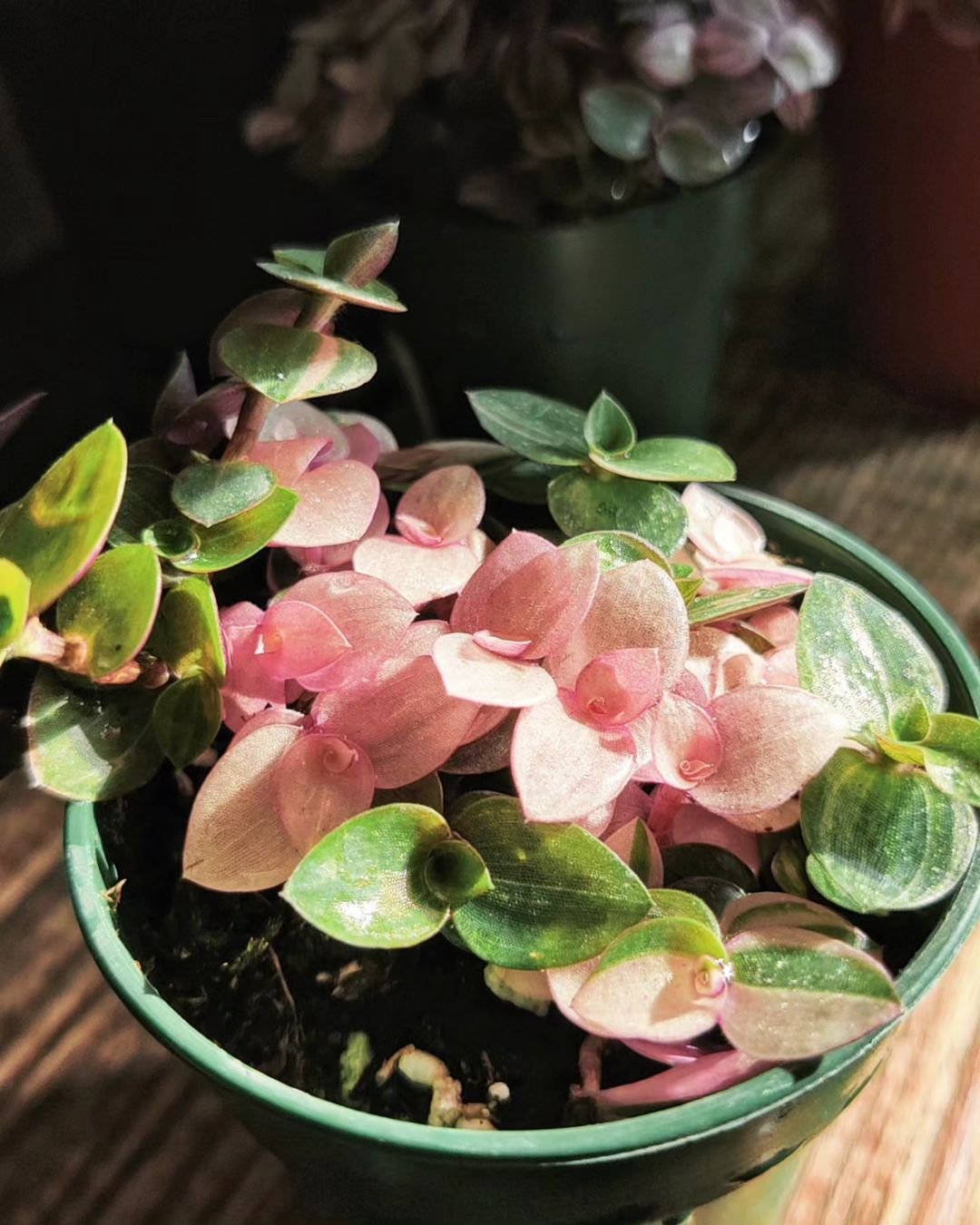
Here is a detailed information chart for Callisia repens ‘Bianca’:
| Attribute | Description |
|---|---|
| Botanical Name | Callisia repens ‘Bianca’ |
| Common Name | Bianca Turtle Vine |
| Plant Type | Perennial groundcover |
| Zone | USDA Zones 9-11 |
| Sun Exposure | Partial shade to full shade |
| Soil Type | Well-draining soil |
| Watering Needs | Moderate |
| Growth Habit | Trailing and spreading |
| Height/Spread | Height: 6-12 inches, Spread: 12-18 inches |
| Special Features | – Foliage is variegated with shades of green, cream, and pink, creating a colorful appearance. |
Overview
‘Bianca’ features charming, variegated leaves with striking stripes of green, white, and sometimes pink. Its compact growth habit makes it ideal for small spaces or as a filler plant in larger arrangements.
Care Tips
- Light: Bright, indirect light is best to maintain its vibrant variegation.
- Water: Water moderately, ensuring the soil is well-drained to prevent root rot.
- Soil: A light, well-draining mix such as cactus soil is ideal.
- Humidity: Appreciates higher humidity but can adapt to average indoor levels.
Callisia Repens ‘Turtle Vine’

Here is a detailed information chart for Callisia repens ‘Turtle Vine’:
| Attribute | Description |
|---|---|
| Botanical Name | Callisia repens |
| Common Name | Turtle Vine, Bolivian Jew, Inch Plant |
| Plant Type | Perennial groundcover |
| Zone | USDA Zones 9-11 |
| Sun Exposure | Partial shade to full shade |
| Soil Type | Well-draining soil |
| Watering Needs | Moderate |
| Growth Habit | Trailing and spreading |
| Height/Spread | Height: 6-12 inches, Spread: 12-18 inches |
| Special Features | – Foliage is typically green, sometimes with reddish undertones, and may have purple hues under bright light. |
Overview
The classic ‘Turtle Vine’ is known for its fast-growing, trailing stems covered in small, round green leaves. It’s a robust and adaptable plant that can quickly fill in empty spaces, making it a great choice for ground cover.
Care Tips
- Light: Can tolerate a range of light conditions, from low to bright indirect light.
- Water: Water regularly but allow the soil to dry out slightly between waterings.
- Soil: Prefers well-draining, slightly acidic soil.
- Humidity: Moderate humidity is sufficient, though it can thrive in higher humidity environments.
Callisia Repens ‘Rosato’
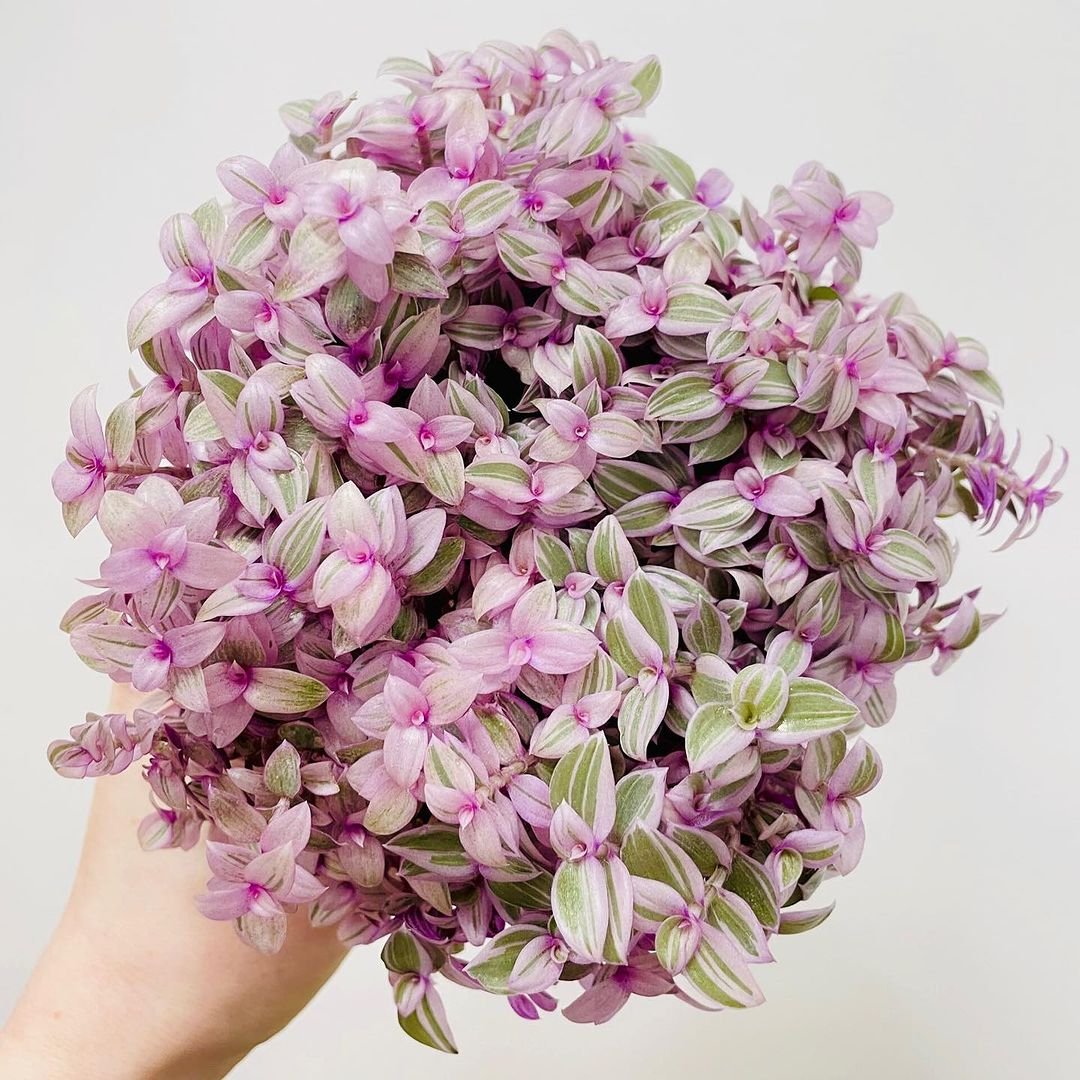
Here is a detailed information chart for Callisia repens ‘Rosato’:
| Attribute | Description |
|---|---|
| Botanical Name | Callisia repens ‘Rosato’ |
| Common Name | Rosato Turtle Vine |
| Plant Type | Perennial groundcover |
| Zone | USDA Zones 9-11 |
| Sun Exposure | Partial shade to full shade |
| Soil Type | Well-draining soil |
| Watering Needs | Moderate |
| Growth Habit | Trailing and spreading |
| Height/Spread | Height: 6-12 inches, Spread: 12-18 inches |
| Special Features | – Foliage is variegated with shades of green, pink, and cream, creating a colorful appearance. |
Overview
‘Rosato’ is a showstopper with its rosy-pink leaves that cascade beautifully from hanging baskets or pots. This variety’s striking color can add a pop of brightness to any plant collection.
Care Tips
- Light: Bright, indirect light enhances its pink coloration.
- Water: Keep the soil evenly moist but not waterlogged.
- Soil: A mix of regular potting soil and perlite or sand works well.
- Humidity: Prefers high humidity, so misting or a humidity tray can be beneficial.
Callisia Repens ‘Green Zebra’

Here is a detailed information chart for Callisia repens ‘Green Zebra’:
| Attribute | Description |
|---|---|
| Botanical Name | Callisia repens ‘Green Zebra’ |
| Common Name | Green Zebra Turtle Vine |
| Plant Type | Perennial groundcover |
| Zone | USDA Zones 9-11 |
| Sun Exposure | Partial shade to full shade |
| Soil Type | Well-draining soil |
| Watering Needs | Moderate |
| Growth Habit | Trailing and spreading |
| Height/Spread | Height: 6-12 inches, Spread: 12-18 inches |
| Special Features | – Foliage is predominantly green with occasional stripes or markings, resembling a zebra pattern. |
Overview
The ‘Green Zebra’ variety is easily recognizable by its dark green leaves adorned with light green or white stripes. This eye-catching plant is perfect for those who love a bit of contrast in their greenery.
Care Tips
- Light: Prefers bright, indirect light but can tolerate some shade.
- Water: Water thoroughly when the top inch of soil feels dry.
- Soil: Well-draining soil, such as a cactus mix, is ideal.
- Humidity: Moderate to high humidity is preferred.
Callisia Repens ‘Gold’
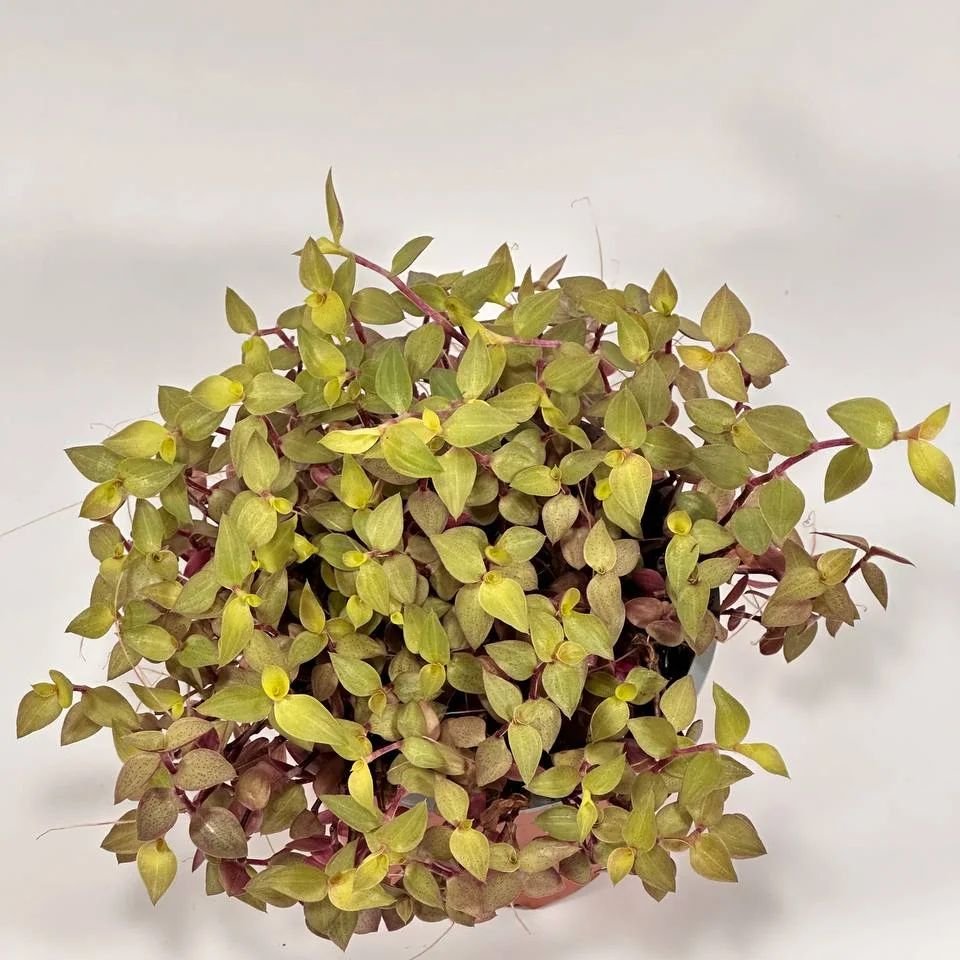
Here is a detailed information chart for Callisia repens ‘Gold’:
| Attribute | Description |
|---|---|
| Botanical Name | Callisia repens ‘Gold’ |
| Common Name | Gold Callisia |
| Plant Type | Perennial groundcover |
| Zone | USDA Zones 9-11 |
| Sun Exposure | Partial shade to full shade |
| Soil Type | Well-draining soil |
| Watering Needs | Moderate |
| Growth Habit | Trailing and spreading |
| Height/Spread | Height: 6-12 inches, Spread: 12-18 inches |
| Special Features | – Foliage is golden yellow, adding bright color to garden or indoor spaces. |
Overview
‘Gold’ is a unique variety with golden-yellow leaves that bring a touch of sunshine to any room. It’s perfect for brightening up darker corners of your home or office.
Care Tips
- Light: Needs bright, indirect light to maintain its golden hue.
- Water: Water moderately, allowing the soil to dry out between waterings.
- Soil: A well-draining mix, like a succulent or cactus blend, works best.
- Humidity: Prefers moderate to high humidity levels.
How to Care for Callisia Repens Varieties
Now that you’re acquainted with the most popular Callisia Repens varieties, let’s talk about general care tips to keep them healthy and thriving.
Light Requirements
Callisia Repens varieties generally prefer bright, indirect light. While some can tolerate low light conditions, providing ample light will ensure vibrant coloration and robust growth.
Watering Needs
These plants enjoy regular watering, but it’s crucial to let the soil dry out slightly between waterings to prevent root rot. Overwatering is a common mistake, so it’s better to err on the side of underwatering.
Soil Preferences
Well-draining soil is essential for Callisia Repens. A mix designed for succulents or cacti works well, as it prevents water from sitting around the roots.
Fertilizing Tips
Feed your Callisia Repens with a balanced, water-soluble fertilizer every four to six weeks during the growing season (spring and summer). Avoid over-fertilizing, as this can lead to nutrient burn.
Pruning and Propagation
Regular pruning helps maintain the plant’s shape and encourages new growth. Callisia Repens is easy to propagate through stem cuttings; simply place cuttings in water or directly into soil, and they will root in a few weeks.
Common Issues and Solutions
Like any plant, Callisia Repens can face some challenges. Common issues include:
- Yellowing Leaves: Often a sign of overwatering.
- Leggy Growth: Usually due to insufficient light.
- Pests: Spider mites and aphids can be a problem; treat with insecticidal soap.
Callisia Repens varieties are a delightful addition to any plant collection. Their vibrant colors, easy care requirements, and versatility make them perfect for both novice and experienced gardeners. By following the care tips outlined above, you can enjoy these beautiful plants in your home or garden for years to come.
FAQs
What is the best soil mix for Callisia Repens?
A well-draining mix, such as a cactus or succulent blend, is ideal for Callisia Repens.
How often should I water my Callisia Repens?
Water your Callisia Repens moderately, allowing the top layer of soil to dry out between waterings. Typically, this means watering once a week, but it can vary depending on the humidity and temperature of your environment.
Can Callisia Repens grow in low light conditions?
While Callisia Repens can tolerate low light conditions, it thrives best in bright, indirect light. Low light may result in leggy growth and less vibrant coloration.
Is Callisia Repens safe for pets?
Callisia Repens is generally considered non-toxic to pets. However, it’s always best to monitor pets to ensure they don’t consume large amounts of the plant, as this can still cause mild digestive upset.
How can I propagate Callisia Repens?
Propagation is easy through stem cuttings. Simply cut a healthy stem, remove the lower leaves, and place the cutting in water or directly into moist soil. Roots should develop in a few weeks.
Why are the leaves of my Callisia Repens turning yellow?
Yellowing leaves can be a sign of overwatering. Ensure the soil dries out slightly between waterings, and check that the pot has good drainage to prevent water from accumulating at the bottom.
By understanding and addressing these common questions, you can better care for your Callisia Repens and enjoy its beauty and benefits for years to come. Happy gardening!
Pingback: 6 Most Popular Callisia Repens Varieties You Ne...
Pingback: Cultivating Iris Flowers : Tips for Stunning Blooms